Californica Bee Facts
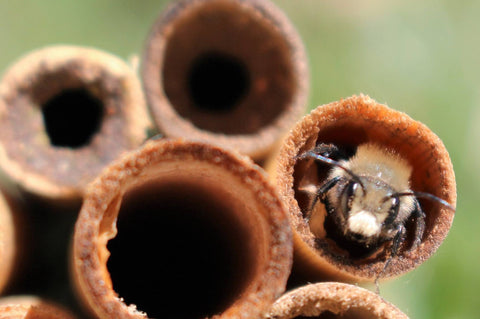
General Facts
Osmia Californica Bees belong to the family Megachilidae and are members of the Megachile genus. they are non-aggressive and non-colonizing solitary bees that are fuzzy with dark bodies and about the size of a house fly. They work with any and all types of bees.

What Do Osmia Californica Bees Pollinate?
California Bees are generalists; they don’t stick to certain blossoms they pollinate whatever they find and like. There are continued studies being done on this bee as to what it pollinates best. We have had success on apricots, balsam root, broccoli, blueberries, carrots, raspberries and some melons. Our customers say they pollinate most vegetables, melons and flowers around the house or farm.

How Many Californica Bees Do I Need?
A single female visits around 20,000 blossoms a day where as a honey bee visits 50-1000. This means they pollinate 20% more effectively and efficiently than honey bees. We recommend having 5 tubes for 100 square feet or 10×10 garden.

Emergence:
Californica Bees are spring time pollinators. They incubate for 1-7 days at 58-60*F and emerge (3-4 weeks after Mason Bees), find a nest, and begin pollinating. Once a nest is chosen they don’t travel more than 300 yards to pollinate. Their average nesting season is 6-10 weeks, after which they die. Their offspring will mature over the winter and pollinate the next years crops.
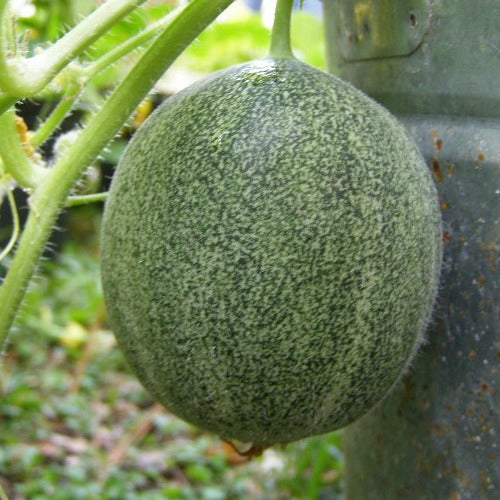
Habitat:
There are 2 essential items for prime Californica Bee habitat, 1. nesting place, and 2. pollen source. They will only remain in an area if they have a proper habitat.
- Best nesting place for Californica Bees are in reed tubes; To read more on choosing nesting materials click here.
- They require a pollen source such as balsam root, various fruits, vegetables and some melons.
Californica Bees used soil to separate their eggs and seal of their tubes. They do not require clay like Mason Bees. They will use whatever soil is available.
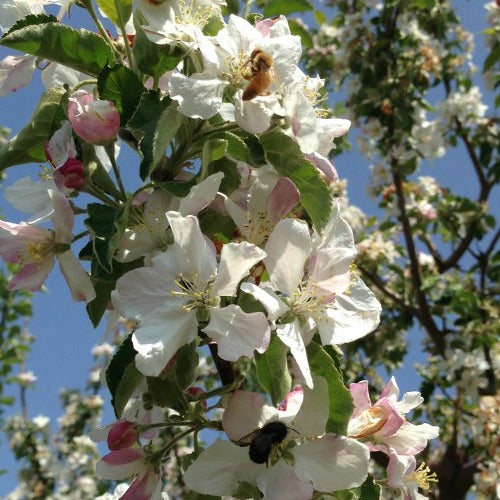
How you know your bees are working:
When honey bees are pollinating you can see huge swarms of bees around the tree. Californica Bees are more efficient than honey bees so there are less of them to pollinate the same tree so it is harder to spot the pollination. Some signs that show your bees are working include: new tubes being filled with soil, activity around the bee house, spotting bees on the blossoms, or flying around (though they are harder to spot), and the bigger and better tasting fruits at the end of the season.
If you feel there is a problem with your bees check out our troubleshooting page here.
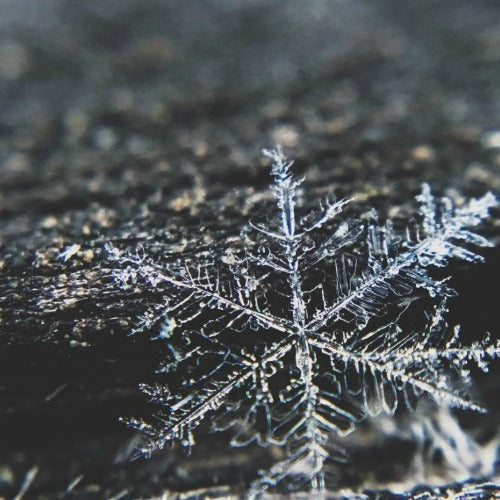
Storing the Bees:
Californica Bees need to be kept in a cold to properly mature. Once you receive your bees keep them in a cold place such as the fridge, garage or cold storage. Store them below 40*F so they stay in hibernation from fall to spring. WARNING: If cocoons’ temperature exceeds 44*F for extended period of time they will not hibernate properly which may result in premature emergence and/or death.
Keep bees in cold hibernation until the temperature outside consistently exceeds 50*F and your blossoms begin to develop. Then it is time to place your bees in their bee house for releasing.

Setting up the bee house:
Place house facing between south and east. Bees are cold blooded and need the morning sun to warm them to begin flying. Bee houses should be in a secure place such as a tree, fence post, side of a house, barn or shed. Make sure bee house is at least 3 feet off the ground to deter ants. If you have squirrels in the area you may want to squirrel proof the houses with chicken wire.
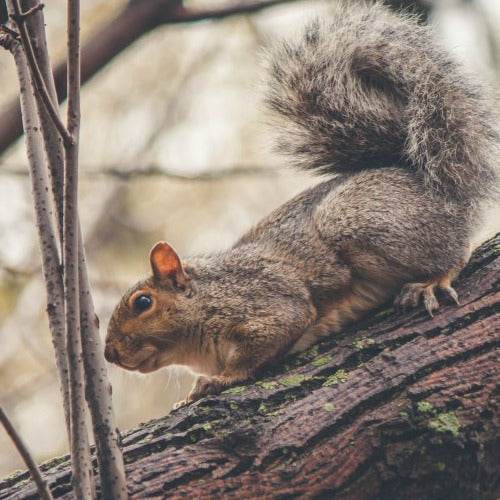
Take Down and Winter Prep:
Osmia species require winter temperatures for successful emergence the following spring. In September (or after first frost) take down the house (or cover) and place in a cold place until next spring. This will help keep parasites/predators away. If house is taken down early it can dislodge the larva from their food, be sure to store with their food at all times. This is also the best time to replace used reeds and purchase new bees. To learn how to replace reeds click here.
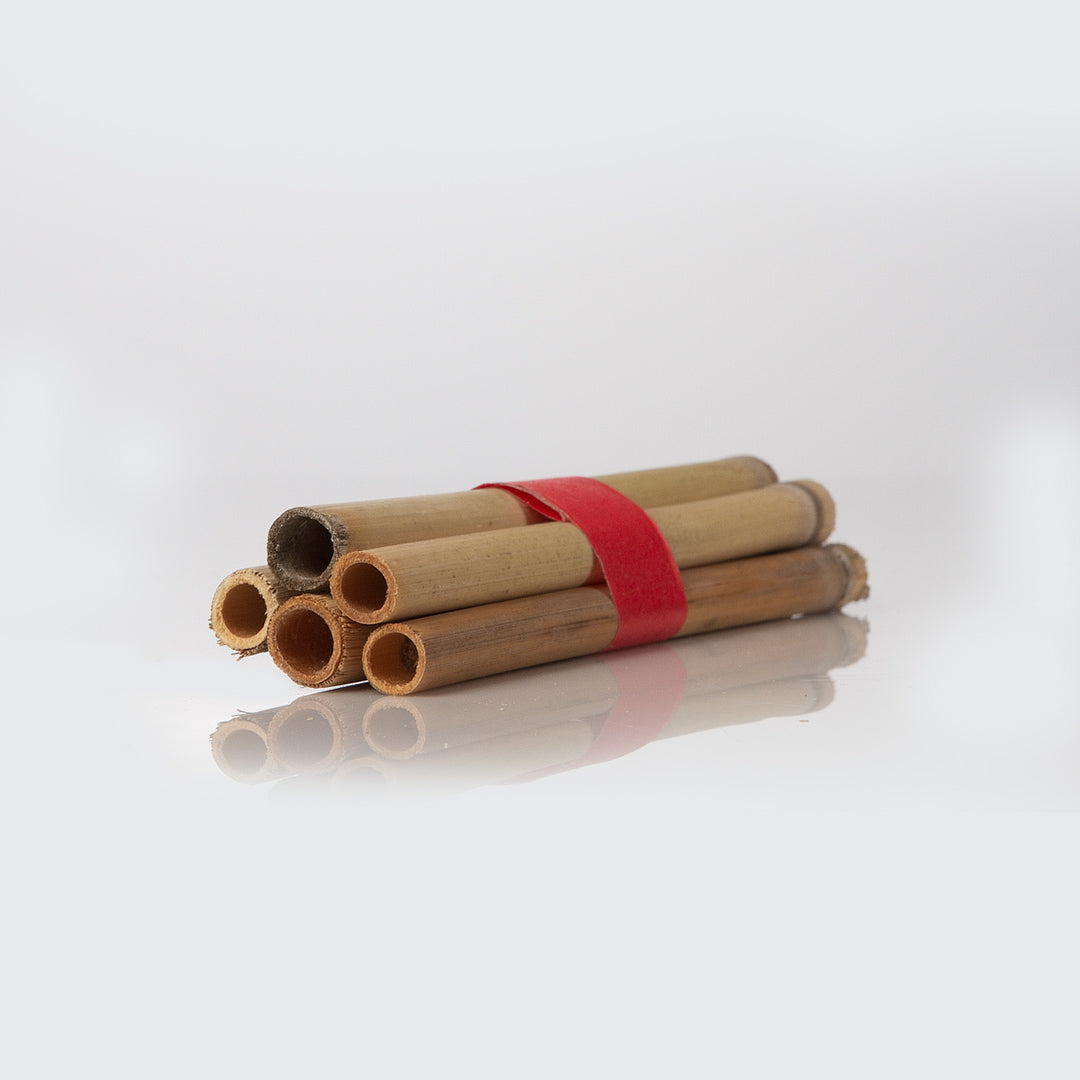
Osmia Californica
5 Tubes in Reeds, +/- 50 bees
Used to extend your tree pollination season in the spring
Pollinates a 10×10 space
For more information on Osmia Californica Click Here
We ship through USPS Priority Mail, Monday to Noon on Wednesday. Special request, call or email us at 801-648-9035 Success@masonbeesforsale.com
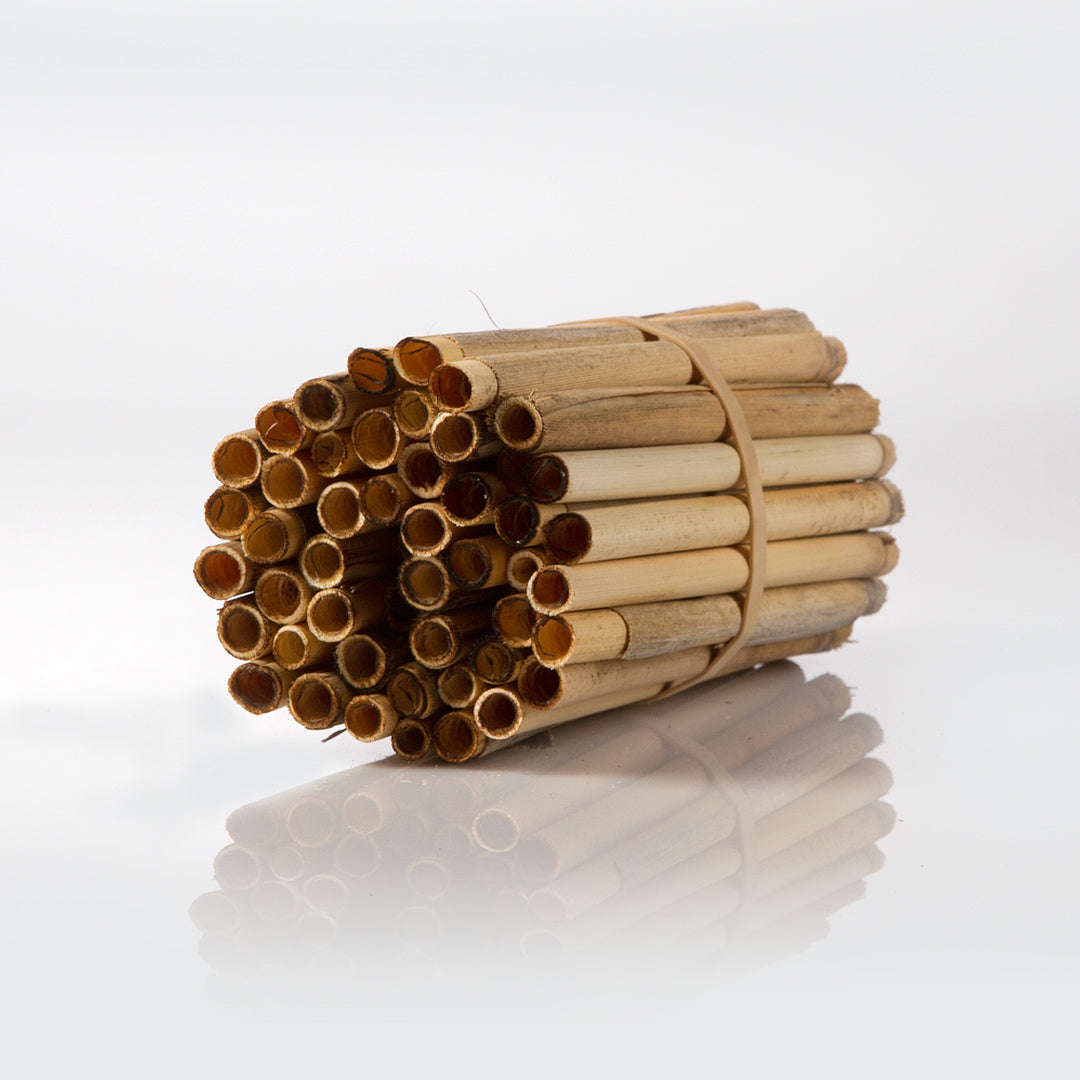
50 Reeds Small
No two bee are the same size with reeds you get a variety of hole sizes to offer the female bee.
Small Reeds about 1/4 inch in diameter, 6 inches long
Used for Leafcutter bees
More Information on Nesting Material Click Here
We ship through USPS Priority Mail, Monday to Noon on Wednesday. Special request call or email us at 801-648-9035 Success@masonbeesforsale.com
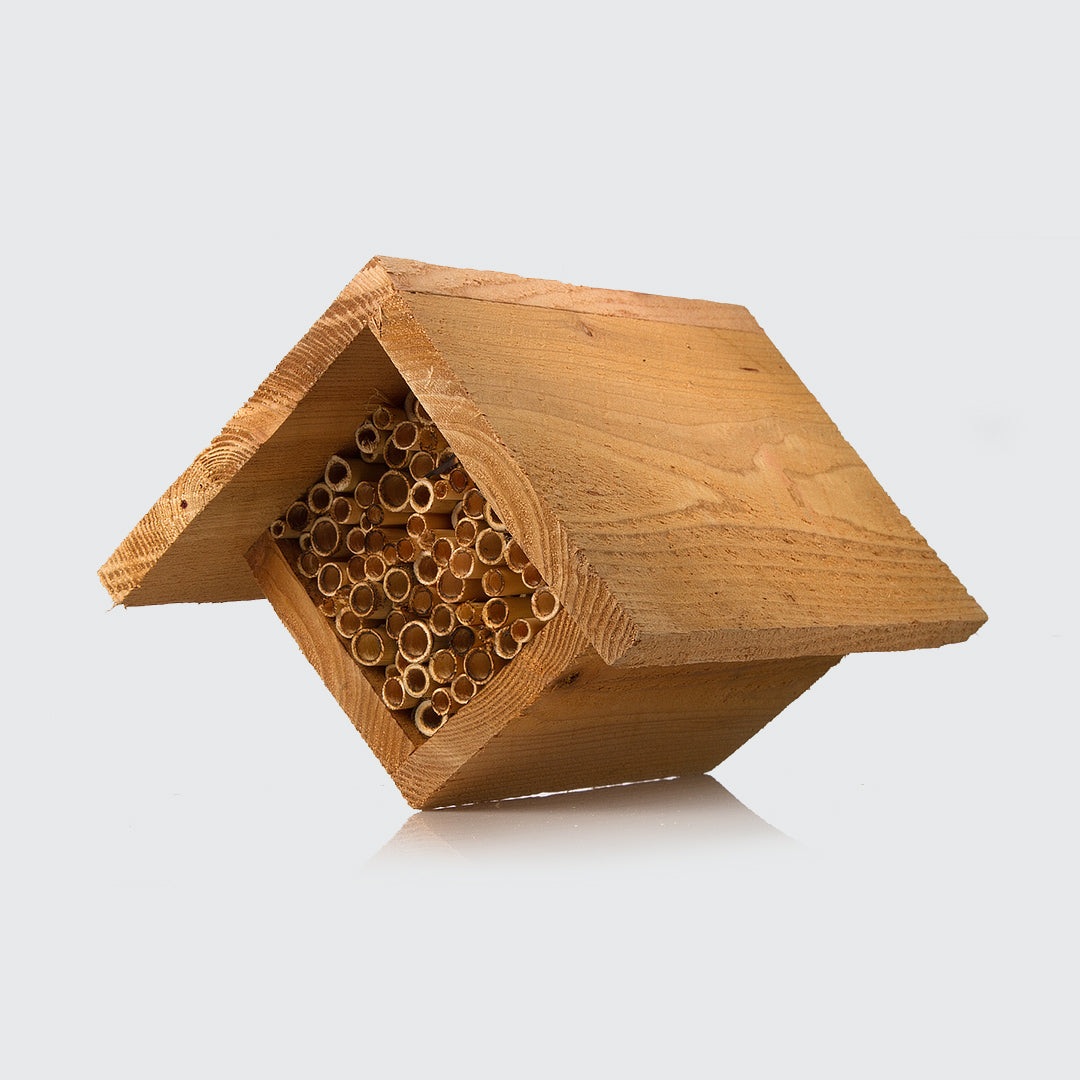
Diamond Bee House
Diamond Bee House
+/- 50 reeds for All Bees
Mounting Bracket
Instructions on how to set up Click Here
Shipping Is USPS Priority Mail Monday-Noon on Wednesday. Special request call or email us at 801-648-9035 Success@masonbeesforsale.com
Contact us
At Mason Bees, we are here to answer any questions you may have. Whether you are interested in any of our products for you own personal garden or for your orchard, we have a solution for you. Feel free to reach us directly and we will respond as soon as possible.
Phone number: 8016489035
Email: masonbeesforsale@gmail.com
Address: Mason Bees LLC,
10090 N HIGHWAY 38, DEWEYVILLE UT 84309, United States
Get Mason Bees
Boost your garden's productivity by providing a Mason Bee House for peaceful, non-stinging bees. As bee populations struggle, home gardeners can play an important role in attracting bees and other pollinators
News & Updates
Sign up to get the latest on sales, new releases and more …
© 2025 masonbeesforsale.com. Designed by Out of the Sandbox. Powered by Shopify

